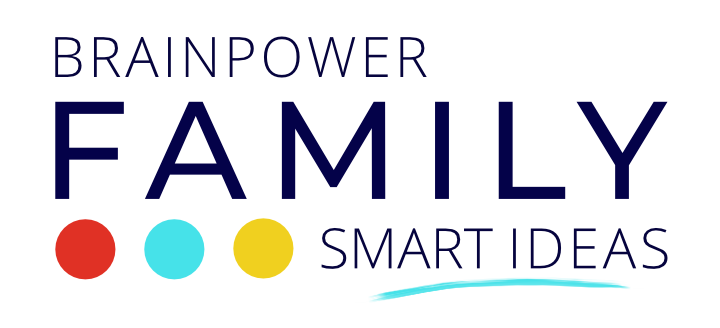Learn to Program with Scratch is a book based on the popular Scratch programming project from MIT. Scratch is completely free and fairly easy to use.
Coding is hot in the news right now and a lot of schools are pushing coding. Do you think all kids should learn to code?
I actually don’t. However, it is nice for them to have some idea what coding is all about and what goes into making a computer program. Starting with Scratch is a great way to do that.
Programming with Scratch is a fun hobby for a lot of boys. If your son is into creating his own computer programs or thinks he might be interested in doing so, this is a great platform to get his start because it is easy to use and there are books to help you out as well.
We are always looking for the best books for boys and trying out different books to see if they are good. This one is good. But it is for those who are more advanced as it moves quite quickly through the steps.
This post may contain affiliate links which means I may receive a small commission, at no cost to you, if you make a purchase through a link. All opinions are my own and I share things I think would be of interest to boys. Thanks for your support!
With Scratch you do not have to type in a bunch of commands but you put together blocks instead. The blocks connect in a sort of LEGO-type style.
Each block has a script that performs a function. Running strings of blocks together can make a character move across the screen, change colors, make noises, cause speech and more. One can create games with Scratch as well as stories and animations.
Learn to Program with Scratch starts with the obvious getting started chapter and quickly progresses to harder and more complex material.
Because of the cartoon cat on the front cover I thought this book was for younger kids. It is actually for middle to high school aged kids, teachers, and beginning programming students in college. While can be used for beginners, you do need high school math knowledge to get the most out of it (according to the author.)
This book bills itself as a visual guide and again, my expectations were a bit different than the reality. There are visuals in the guide but there is much more text. You cannot just take a look at the visuals and know what the author is talking about without reading quite a bit of text as well.
Some visual learners may have an issue with this. I have seen other visual guides on different topics that have very little text so I don’t really consider this to be a visual guide per se, more like a manual with images.
Following along with the getting started section was interesting and I can see there is a lot of potential in the Scratch program itself. The book had me click on a block to see what it did. I clicked on “move 10 steps” as instructed and my sprite (little character) moved 1 step. Not sure why that happened because the 10 was in the # spot of the block but that little guy would not move more than one step. Frustrating.
Well, I figured out (thanks to the online help in Scratch) that 10 steps is a very short distance on the board and when I put in 500 steps he shot across the screen. It is little things like that which can frustrate a child (or adult, as in me!) and it would be nice to have those types of things documented in the directions of the book.
For starting out I actually learned faster by trying the mini-tutorial right on the screen at the Scratch site after you click on Try It Out. Hmm. Well, that tutorial is only for the very beginning basics and the book does go into a lot more detail and more advanced programming with Scratch.
This is a good book with detailed instructions but, as I said, I was a little bit disappointed that it was not more visual in nature. I guess I am used to the Teach Yourself Visually series of books which I think fit the description of visual guide very well.
It is geared toward older kids and reads somewhat like a textbook. I would recommend it for those who have already gone past the basics and want to delve into more advanced functions. Great for if they can’t find that information within the Scratch site, or prefer to have a manual to read along as they learn.
There are a lot of exercises and projects featured here that will help boys learn new things and put them into use.
Thanks to No Starch Press for providing a review copy of this book. All opinions are my own–of course.
If you are interested in a more visual guide (as I was,) and something that is a bit more fun and can be used by younger kids, check out our review on Super Scratch Programming Adventure and also take a look at over 50 coding resources and neat books boys will enjoy.

